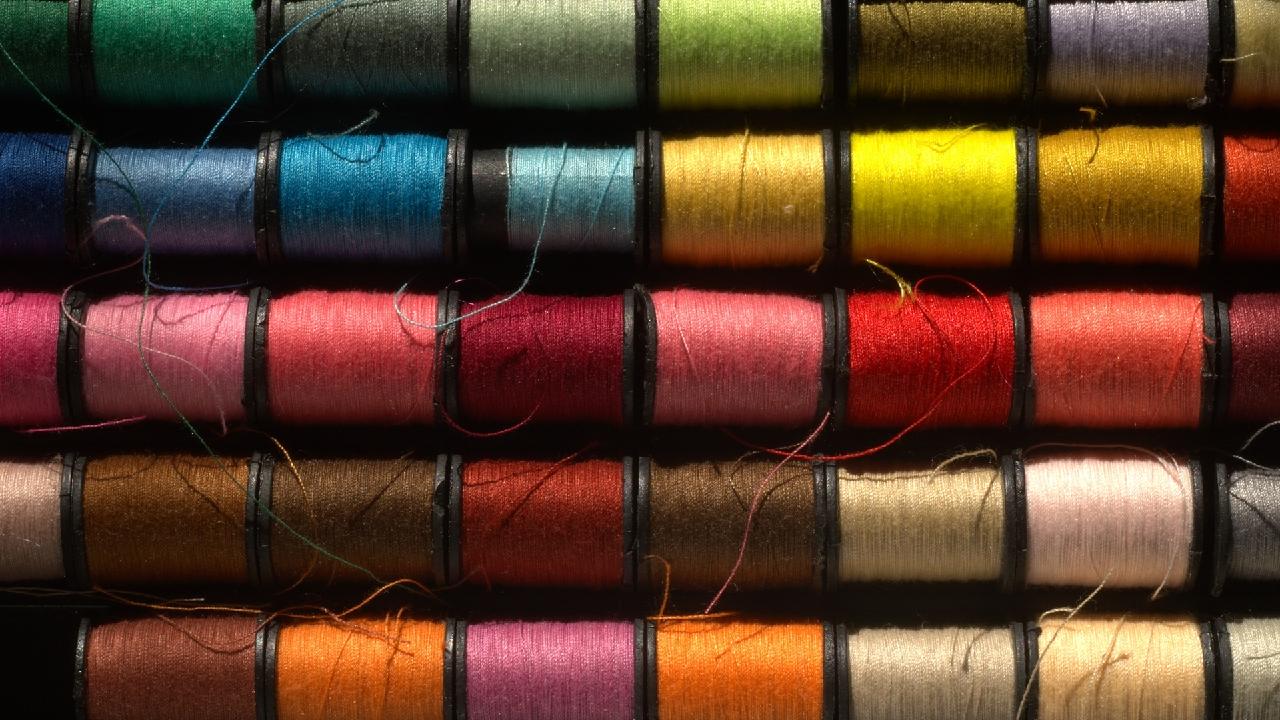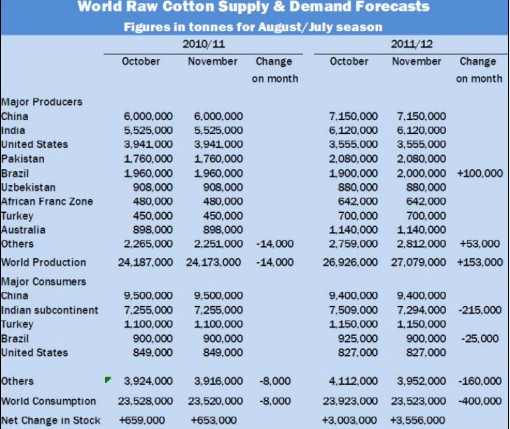|
As India*s exports start gaining momentum, textile companies will deliver better returns If December*s export figure, $22.5 billion, is anything to go by, it is clear that India*s textile sector is well on road to recovery. As consumption picks up in developed nations, exports of cotton yarn, fibre and garments are expected to increase by over five per cent compound annual growth rate (CAGR) between 2010 and 2014. As demand for yarn and cotton increases, India will be one of the biggest beneficiaries. Textile companies have been facing turbulent times since 2007, when they were first hit by an appreciating rupee and then by the global slowdown. However, with some of India*s biggest competitors in the export market turning into importers, India's yarn and garment manufacturers are slated to benefit from increased demand. Analysts say with China, which used to be the largest exporter, gradually converting into a net importer, due to growing domestic demand, India is expected to emerge a leader in yarn exports. India was one of the few cotton surplus countries in 2009-10 financial year, the country exported 8.3 million bales of cotton, 30 per cent of its domestic production. This financial year, too, is expected to see bumper production of 32.5 million bales, driven mainly by an increase in acreage (seven per cent year-on-year) and yield growth, thanks to higher penetration of cotton. According to a report by Networth Capital, direct cotton yarn exports are likely to increase at 4.5 per cent CAGR between 2010每2014. Manmade fibre (MMF) consumption, too, is expected to increase by seven per cent CAGR between 2010每2014, due to increase in price differentials between cotton yarn and MMF yarn. In recent times, Indian cotton yarn manufacturers have been in a sweet spot, thanks to a bumper domestic crop of cotton, which has pulled cotton prices lower than the global average. As demand from developed markets revived, global cotton prices have remained firm. The report says that while domestic raw每cotton prices increased 30 per cent in 2009-10, global yarn prices rose by 50 per cent year-on-year. This has led to an expansion in cotton spinners operating margins from 15 per cent to over 20 per cent. As demand gathers pace, both in India and internationally, all price increases will be passed on to consumers. Thanks to a structural shift in margins and returns, Networth Capital believes that the valuation curve for several textile companies may move upward from the current 3每5x EV/EBITDA to 4每7x EV/EBITDA depending on the size and growth factors.
|
|
India: Story waiting to unfold
Updated: 2011-3-3 Source: Business Standard

Recommended News
Photo Gallery
Most Popular



